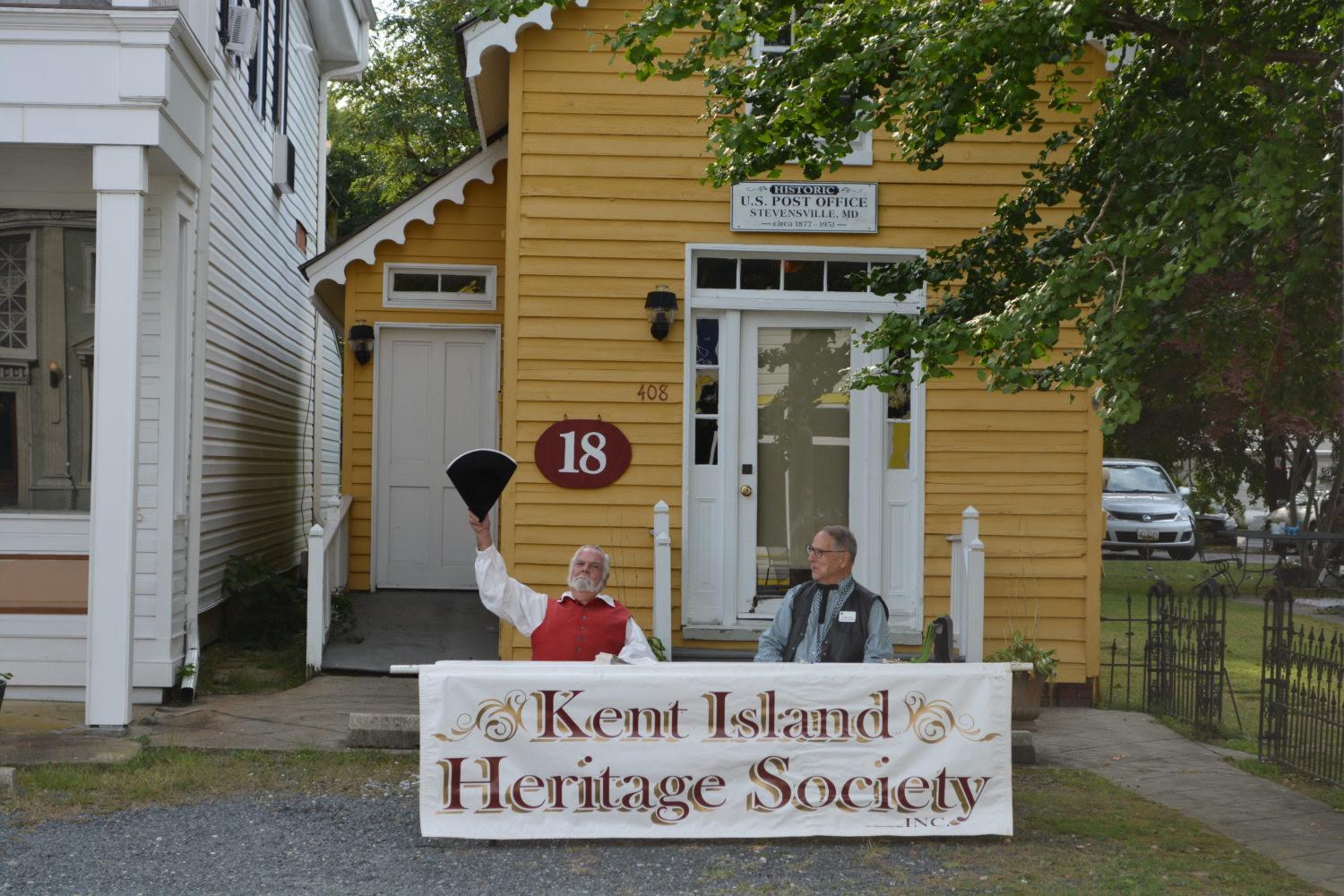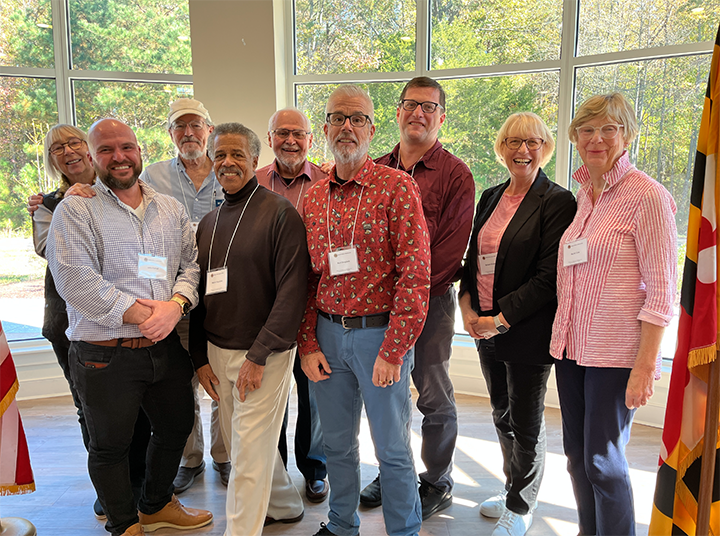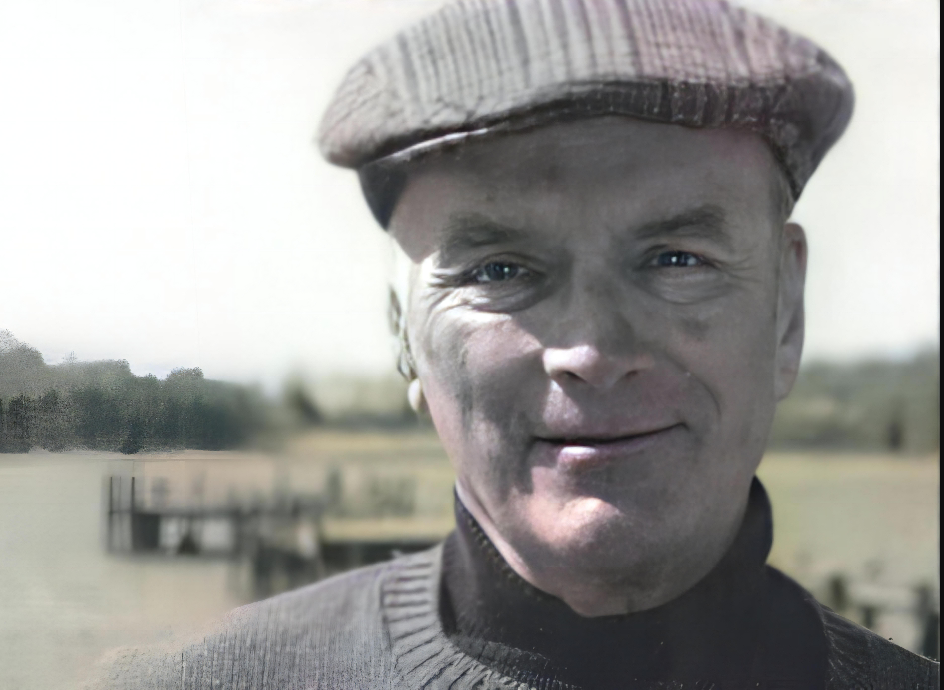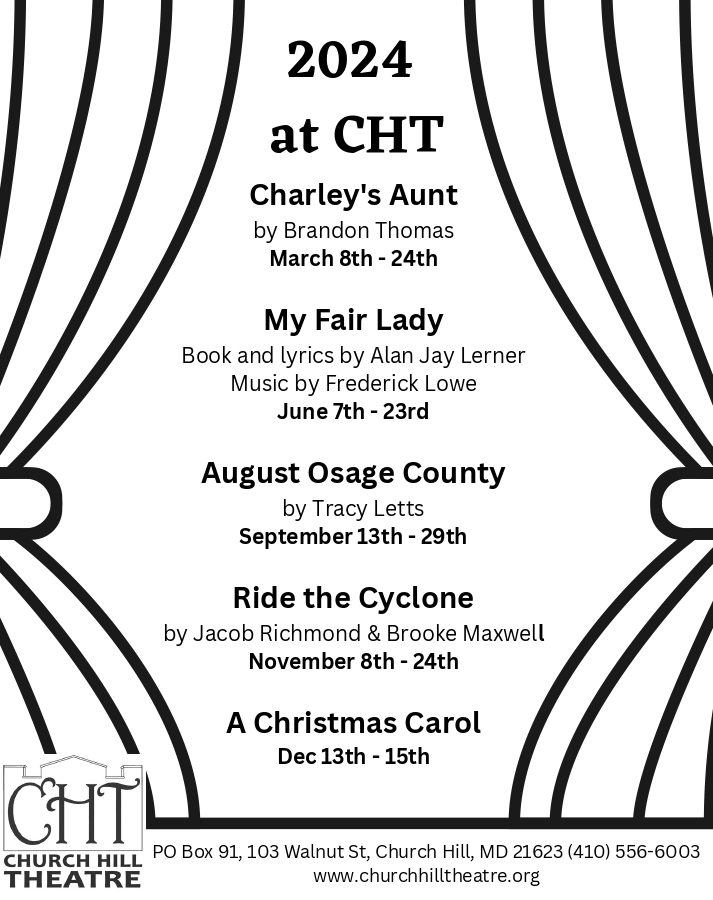
This year’s Kent Island Day, an annual family-friendly event organized by the Kent Island Heritage Society to celebrate the historical and cultural significance of one of our country’s earliest permanent communities, is scheduled to take place on Saturday, May 18, with opening ceremonies in downtown Stevensville kicking off the festivities at 10:15 a.m.
Settled in 1631 by William Claiborne, a well-connected Virginian, the people of what he named the Isle of Kent have witnessed a lot of history firsthand. Before Claiborne, native populations had inhabited the island, the largest in the Chesapeake Bay, for thousands of years. Over a very short time, however, as the newcomers broadened their geographical control, the presence of the original locals diminished to the point of extinction.

Within a few years, despite obstacles and setbacks, Claiborne’s encampment grew into a thriving Jamestown outpost of over a hundred inhabitants. They cultivated tobacco, built boats, and made wooden barrels for commerce and trade. There are still families living on Kent Island that carry the surnames of these first-generation pioneers.
As Claiborne’s community expanded outside his Kent Fort palisades, the family of George Calvert, the first Baron of Baltimore, was granted a charter for the new colony of Maryland, which included Claiborne’s island. An extended and complicated feud was ignited after the Marylanders sailed up the Chesapeake in 1634 and claimed the Isle of Kent for their own.
Claiborne eventually lost the fight but he did not give up easily.
The first real town on the Eastern Shore was called Broad Creek and existed about where the subdivision of Kent Island’s Bay City is today. Located directly across the bay from Annapolis, Broad Creek operated a ferry route and boasted the primary components of a colonial village: a tavern, a courthouse, a jail, and a church. The church, a branch of the Anglican Christ Church, has worshipped in a series of locations over the centuries, was an outgrowth of the spiritual foundations Claiborne instituted from the beginning, and is now the longest active congregation in our state.
 For a couple of weeks during the War of 1812, British forces occupied and plundered Kent Island, launching mostly unsuccessful attacks on the nearby towns of Queenstown and St. Michaels in Talbot County.
For a couple of weeks during the War of 1812, British forces occupied and plundered Kent Island, launching mostly unsuccessful attacks on the nearby towns of Queenstown and St. Michaels in Talbot County.
By the mid-19th century, as Broad Creek faded into history and the steamboat and railroad era took hold, a robust seafood industry established itself on Kent Island and the Eastern Shore. The towns of Chester, Dominion, and the newly created village of Stevensville became the island’s primary residential and commercial areas. In 1986, Stevensville’s town center was added to the National Register of Historic Places and, in 2013, was designated an official Maryland Arts and Entertainment District.
The “Oyster Wars” that took place from the end of the Civil War through the mid-20th century did not leave Kent Island unscathed. Nearby, fighting between watermen and law enforcement over “Chesapeake Gold” made national headlines. The first commander of Maryland’s Oyster Navy, the precursor of our modern Natural Resources Police, was a Kent Islander named Hunter Davidson.
 In 1917, Kent Islanders, led by state senator James Kirwan, banded together to defeat the federal government’s plans to relocate all residents of the island and build a weapon testing site here.
In 1917, Kent Islanders, led by state senator James Kirwan, banded together to defeat the federal government’s plans to relocate all residents of the island and build a weapon testing site here.
And, of course, the first Bay Bridge was completed in 1952, changing the island, and the rest of the Shore in ways that had, for the most part, stayed the same for generations prior.
In 1975, as islanders were preparing to celebrate the 350th anniversary of the founding of Claiborne’s colony, the Kent Island Heritage Society was formed for the purpose of “discovering, identifying, restoring, and preserving” Kent Island’s history and heritage. The organization’s members have worked hard ever since to “facilitate an appreciation of Kent Island’s place in the history of Maryland and of our nation.”
In 1977, Acting Governor Blair Lee signed a proclamation acknowledging Kent Island as the first permanent settlement within Maryland and declaring the third weekend in May as Kent Island Days.
Following this year’s opening ceremonies, the traditional parade begins at Kent Island Elementary School at 10:30 a.m. and will work its way through town to Church Street. Jack Broderick, Kent Island Heritage Society President and Kent Island Day Parade Chair, says organizers are particularly excited about this year’s parade as the plan is to feature “a great hometown mix of old cars, boats, and farm equipment, historic costumes, color guards, reenactors, scout troops, local clubs and civic groups, horses, fire engines, as well as elected officials and political candidates.” Because one of the society’s primary goals is to encourage an interest in local history in younger generations, Broderick is “thrilled” to be able to include marching bands from both of the island’s middle schools. This year’s Grand Marshall will be longtime society member Carole Frederick and the former Bay Times-Record Observer writer Doug Bishop will announce.

Throughout the daylong event, Stevensville will be teeming with activity. There will be vendors of every type, historical exhibitions, cultural displays, living history participants, craft demonstrations, activities for children, a mini farmer’s market, food and beverage sales, and entertainment. Local authors and artists will be on site, including Dale Hall with her recently released book of photographs and prose, KENT ISLAND WATERSCAPES.
Kent Island Day will also provide visitors an opportunity to explore the Heritage Society’s various historic sites including Stevensville’s Cray House (c.1809) and the recently refurbished train station, as well as the old bank and post office. The Kirwan House Museum, a meticulously curated recreation of a traditional home and general store of the early 20th century on Dominion Road in Chester, will also be open to the public on that day.
 Stacy Bernstein, Kent Island Day’s Event Administrative Coordinator, says that this year’s celebration will have something for everybody because it’s important to “acknowledge and take pride in our shared past as that history connects us through time and encourages us to continue to nurture those connections.”
Stacy Bernstein, Kent Island Day’s Event Administrative Coordinator, says that this year’s celebration will have something for everybody because it’s important to “acknowledge and take pride in our shared past as that history connects us through time and encourages us to continue to nurture those connections.”
Jack Broderick concurs. He says, “Kent Island Day offers an informative and entertaining day of fun and friendship for the whole family to honor the heritage of Kent Island.”
For more information about this year’s Kent Island Day and the Kent Island Heritage Society, visit kentislandheritagesociety.org. Anyone interested in participating in Kent Island Day as a vendor, volunteer, or sponsor can contact Stacy Bernstein at 443-985-5681 or [email protected] or Jack Broderick at 410-829-7760 or [email protected]











